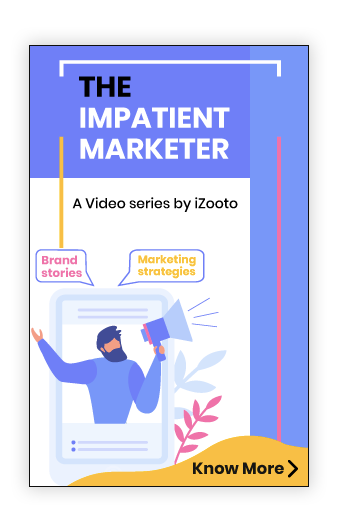ROI - the one metric marketing teams live and die by.
The one question that is asked by everyone. Marketing manager calculates it, the CMO presents it, the CEO questions it, and the board pushes for it.
When you oversimplify, marketing teams do two things - either trying to measure the ROI or trying to improve the ROI. Most people also think ROI to be a difficult calculation for it opens up Pandora's box of attribution. And yes, getting your attribution models right at the first go is complicated.
Attribution modelling changes as the cost of the product increases and buyer needs to deliberate on the purchase decision. Depending upon what you are selling - a mattress or NYTimes Subscription, the deliberation and the decision to purchase can go from a couple of minutes (sessions on the site) to a few weeks. And ROI is a deeply ingrained and straightforward concept in the world of commerce and SaaS, it is in the media world, where ROI or ROAS is not spoken much about. There is CPM / RPM, # of Sessions, Page Views per Session, Bounce Rate, Time spent on site and of course page speed. This piece packages a 101 approach for calculating ROI in media.
The Impact of Audience Development on Advertising Revenue
Setting up a paywall is great but let’s face it - More than 90% of the publishers, generate more than 90% of their revenue via ads. Publishers rely on a range of channels for audience development -
- Search (SEO)
- Social- Facebook, Twitter, Pinterest, YouTube, etc
- Google News
- Push Notifications
- Email Notifications
- Native Advertising
- Google Discover
- Direct
- Referrals
and each channel has varied impact. But the biggest question is - Is attribution a big bottleneck for them? Actually No.
Each of these channels bring in different type of users to the website - mostly new, some repeats and the quality of traffic i.e the number of pages these users visit, session duration, bounce rate - all of these metrics are different for different channels. And when you plug this data with the advertising revenue, you will be able to pull the first level of insights - which channel generates what quantum of revenue.
You can now align your efforts on not the channel that gets you the highest traffic but that channel that gets you the highest RPMs. At a high level, this works. But then, let’s get into the weeds.
Tracking advertising revenue at a campaign level
Let’s go a step further. Now, when you double-click and look at this data at a campaign level (for e.g. different news stories are published throughout the day and each story in a unique campaign). It is well understood that not all stories trigger the same level of interest. Some stories may interest users to read other recommended articles, so might push them away. Each campaign performs in a different way. Plug this with the advertising revenue, you would be able to pull out insights around which stories generate more revenue for you.
This is a powerful learning source for audience development teams for them to focus on specific types of stories/ articles and leverage them exhaustively across channels to drive more impact.
Testing channel & content format mix
Content performance varies from platform to platform - A news story when published in the form of an Infographic on LinkedIn may drive more engagement than a long-form article.
It is important to look at the trends on which type of stories are holding your audience on the website vs which content pieces are pushing them away. Platforms like Chartbeat do an excellent job of helping editorial teams achieve this but the revenue component often seems to be missing from the analysis. This is best done using Google AdX or AdSense.
Going Further Deep To Analyse Stories/Articles
New articles or stories are always classified under categories and sub-categories. Slicing the advertising data basis the Category of the story would present a unique view which would tell us which category commands the highest revenue. This essentially becomes great feedback for the audience engagement strategy and can be a great aligning factor for audience teams.
These are some straightforward ways in which publishers can align their audience development, audience engagement and Adops team to ensure that they are able to maximize their revenue. More importantly, audience development teams can prioritize their efforts on specific channels that drive the highest quality of traffic - not just in terms of time spent on site but also in terms of revenue.






